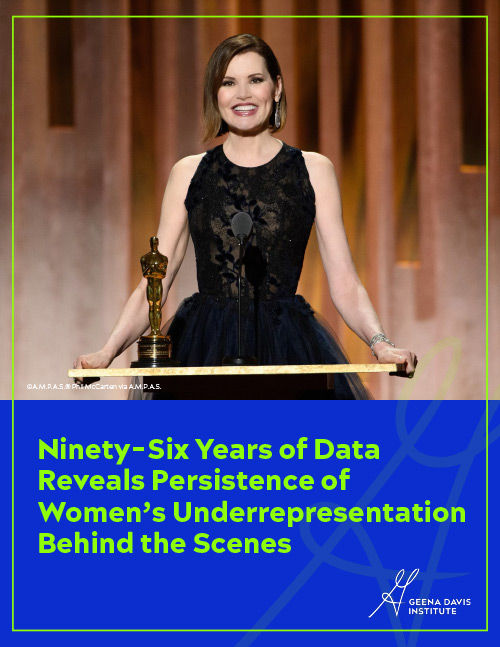At the 96th Academy Awards®, there will be just one woman among the five nominees for best director: Justine Triet, who directed “Anatomy of a Fall.” This isn’t new: Just eight women have been nominated for the best director award since 1928. The first woman to be nominated was Lina Wertmüller for her film “Seven Beauties” (1975), and it wasn’t until Kathryn Bigelow, with “The Hurt Locker” (2009), that a woman won the award. Although opportunities are expanding, for decades women have faced exclusion, discrimination, and harassment in the entertainment industry, which hampers their access and career potential. Further, research suggests that female directors, alongside directors of color of all genders, face biases in project selection, budgeting, and distribution — limiting their potential for success even when given the opportunity to helm a film. These issues lead to a smaller pool of women in prestigious roles, or working on prestigious films, which are favored (over comedies for example) by the academy members who vote on these matters. In this report, the Geena Davis Institute looks back at 96 years of Oscars® data to assess the state of women’s representation behind the scenes in three award categories: Best director, best original screenplay, and best adapted screenplay. Here are a summary of the findings:
- A woman has been nominated for best director nine times in Oscars® history, and women have only won three times.
- Sixty-two films nominated for best original screenplay were written or co-written by a woman, which is just 14.9% of all films nominated for the award. Wins have gone to films written or co-written by a woman only eight times.
- Seventy-five films nominated for best adapted screenplay were written or co-written by a woman, which is 15.8% of all films nominated for the award. Of the 74 films nominated written or co-written by a woman, 10 won, which is 10.5% of all winners.
The numbers shared in this report are a stark reminder that equality requires intent. We hope that this report (and others like it) encourages creators, executives, and decision-makers at all levels of the industry to examine existing practices and make changes that will provide opportunities to capitalize on the abundance of talented women with diverse identities in the industry.
Photo credit: Phil McCarten via A.M.P.A.S.

